VAT in a Real‑Time World: Tax & Technology Transformation for 2025 and Beyond
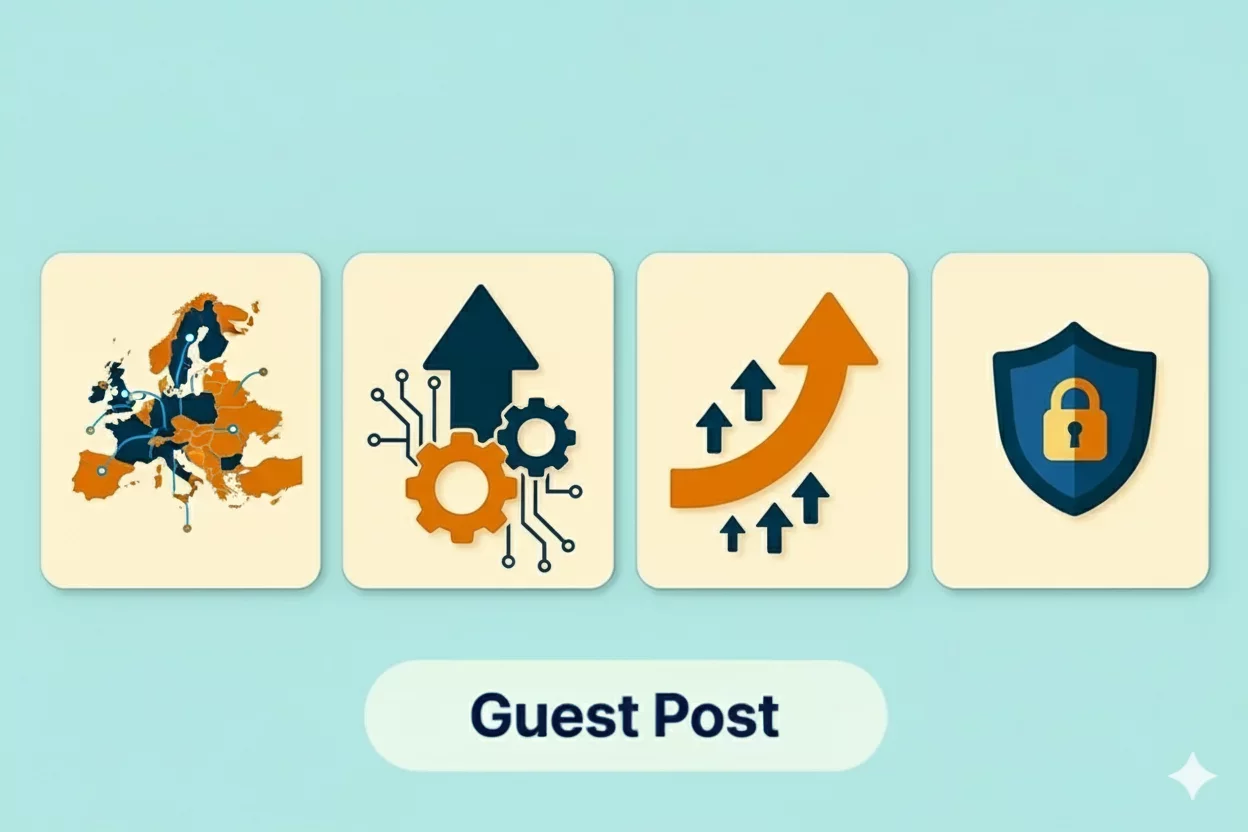
Summary
Digital VAT is accelerating and becoming more complex: Authorities are shifting to continuous transaction controls with e-invoicing and near real-time reporting becoming standard across Europe and beyond.
Technology is crucial for VAT compliance: Automation, ERP integration, e-invoicing, AI, data, and robust governance are essential for faster, more accurate, and auditable VAT operations.
Proactive approach is key: Organizations need to invest in data discipline, ERP-tax integration, and e-invoicing connectivity to shift from reactive filing to proactive exception management and insight delivery.
Introduction
VAT has never been more complex or more digital. Across Europe and beyond, authorities are shifting from periodic returns to continuous transaction controls, where structured e‑invoices and near‑real‑time reporting are becoming standard. For cross‑border businesses, the compliance surface multiplies: multiple schemas, country gateways, acknowledgements, and fast‑moving technical specs.
This article distills that complexity into a practical map: automation, ERP integration, e‑invoicing, AI, data, and governance. The goal is to help tax leaders and CFOs align strategy with delivery so VAT operations become faster, more accurate, and auditable.
Regulatory Context
The regulatory direction is clear. On 11 March 2025, the Council of the European Union adopted the VAT in the Digital Age (ViDA) package, confirming a phased shift toward digital reporting and harmonised cross‑border processes. A foundational building block is EN 16931, the European e‑invoice semantic model that the European Commission and CEN make available free of charge via national standards bodies. At country level, Italy has long mandated B2B and B2C e‑invoicing via the SdI platform; France requires all businesses to be able to receive e‑invoices from 1 September 2026 with issuance phased through accredited PDPs; and Poland confirmed a two‑step KSeF obligation starting in 2026.
From Complexity to Capabilities: The VAT Tech Blueprint
Tax Automation
Automate calculation, validation, and filings; use workflow tools and RPA to clear high‑volume exceptions and reconciliations. Embed ‘four‑eyes’ controls and audit trails so automation improves governance rather than bypassing it.
ERP & Tax
Treat SAP or Oracle as the execution layer. Keep rules in the tax engine, map codes rigorously, and integrate via APIs at AP/AR touchpoints. Automate regression tests whenever rates or rules change.
E‑Invoicing & Digital Reporting
Adopt country schemas (e.g., FatturaPA, Factur‑X/EN 16931) and gateways (SdI, KSeF, PDPs). Monitor acknowledgements and rejections, and build retry logic so operational issues don’t become compliance failures.
AI in Tax
Use AI co‑pilots for research drafting, and multilingual content checks; apply anomaly detection to pre‑submission data; and keep humans‑in‑the‑loop for risk‑rated approvals.
Data & APIs
Harden tax master data (customers, items, rates), implement automated cleansing, and expose/consume tax APIs. Data quality is the multiplier for automation and AI.
Strategy & Governance
Publish a Tax Tech roadmap, define KPIs (exception rate, e‑invoice pass rate, time‑to‑file, rule‑change lead time), track ROI, and run an executive steering group across Tax, Finance, IT, and Compliance.
How VAT Technology Solves Practical Pain Points
Fragmented data: Master‑data governance and API‑first integration ensure consistent tax decisions and traceability.
Frequent rule changes: Centralised content and CI/CD‑style deployment reduce lead times and audit risk.
Manual workload: RPA and workflow automation eliminate repetitive tasks; AI co‑pilots accelerate research and QA.
Limited visibility: Dashboards for e‑invoice status, rejections, and KPIs enable proactive exception management.
Cross‑border complexity: Standards (EN 16931) and modular adapters for country platforms minimise rework and localisation costs.
Expert Advice
Design AI like a control: prompts, models, and review steps must be documented, tested, and auditable.
Sequence your build: stabilise data and ERP mappings first, then e‑invoicing adapters, then AI augmentation.
Case Study: Italy’s SdI—From Rejections to Exception‑Led Operations
A mid‑size manufacturer integrated its ERP with the Italian SdI platform through a certified intermediary. By validating FatturaPA fields pre‑submission, auto‑processing SdI responses, and standardising XML attachments, the company reduced rejection rates and shortened days‑to‑post. Standardised structured data also simplified credit notes and audit queries.
Case Study: Poland (KSeF): Readiness through parallel runs
A regional retailer prepared for KSeF by running a parallel pilot: generating structured invoices in KSeF format while retaining legacy flows. The pilot exposed master‑data gaps (VAT rates, unit measures, partner IDs), enabling remediation before the 2026 cutover.
Conclusion
Digital VAT is accelerating, and the compliance bar is rising. Organisations that invest in data discipline, ERP‑tax integration, and e‑invoicing connectivity will gain accuracy, speed, and auditability—while freeing experts to focus on analysis and advice.
As AI matures and mandates converge, tax functions will shift from reactive filing to proactive exception management and insight delivery. The blueprint above provides a pragmatic path to build, pilot, and scale—turning VAT from a cost of compliance into an engine for operational intelligence.
References
· Council of the EU – ViDA adopted (11 Mar 2025):https://www.consilium.europa.eu/en/press/press-releases/2025/03/11/taxation-council-adopts-vat-in-the-digital-age-package/
· European Commission – Access to EN 16931 e‑invoicing standard:https://ec.europa.eu/digital-building-blocks/sites/spaces/DIGITAL/pages/467108971/Obtaining+a+copy+of+the+European+standard+on+eInvoicing
· Agenzia delle Entrate – Electronic invoicing (Italy):https://www.agenziaentrate.gov.it/portale/web/english/electronic-invoicing
· Poland MF (Gov.pl) – KSeF mandatory from 1 Feb 2026 (news):https://www.gov.pl/web/finanse/obowiazkowy-ksef-odroczony-do-1-lutego-2026-
Disclaimer: This article is provided for informational purposes only and does not constitute legal or tax advice. For advice tailored to your business, please consult a qualified tax advisor or legal counsel.

Featured Insights
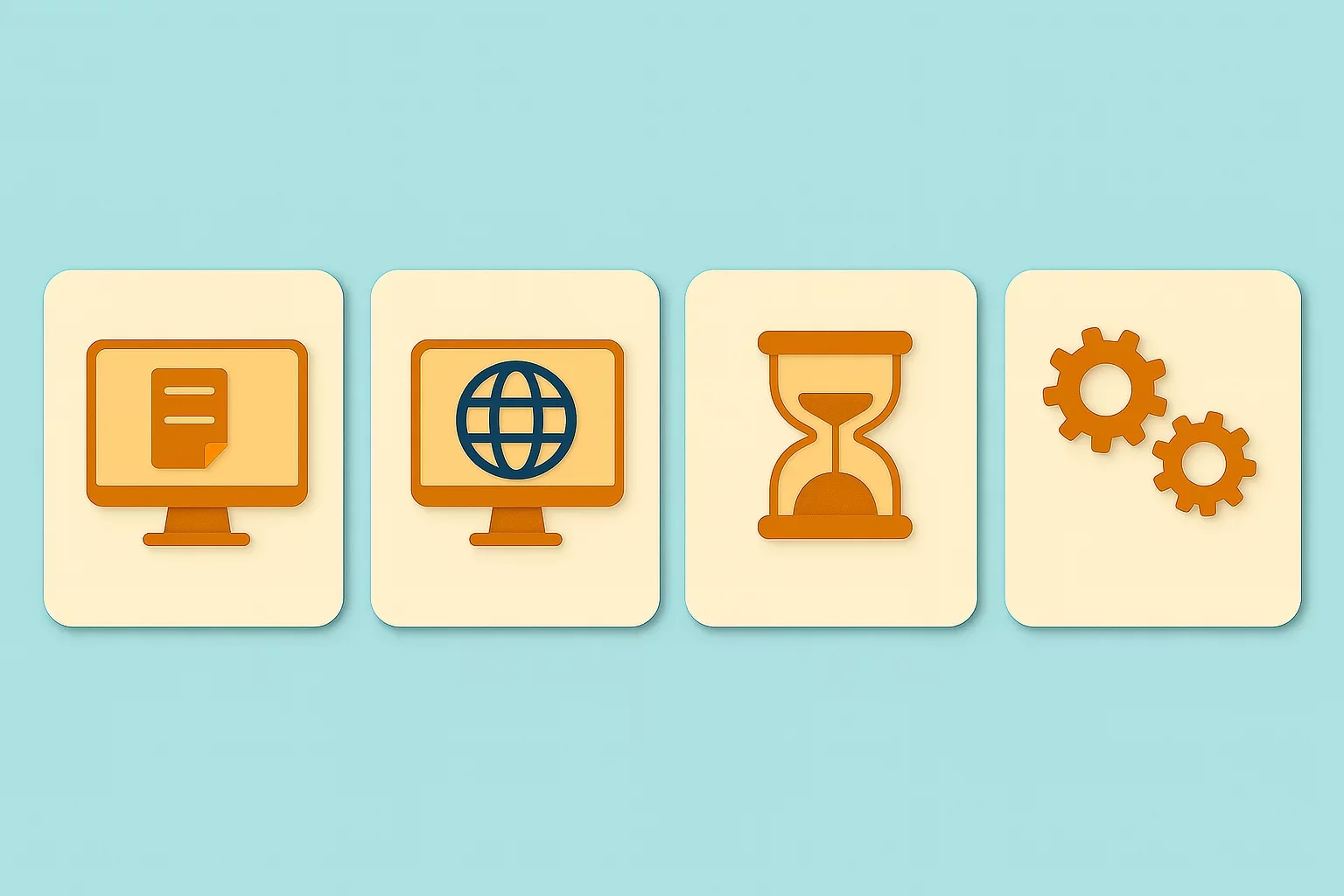
Angola’s E-Invoicing Mandate: Phased Implementation Continues Into 2026
🕝 December 10, 2025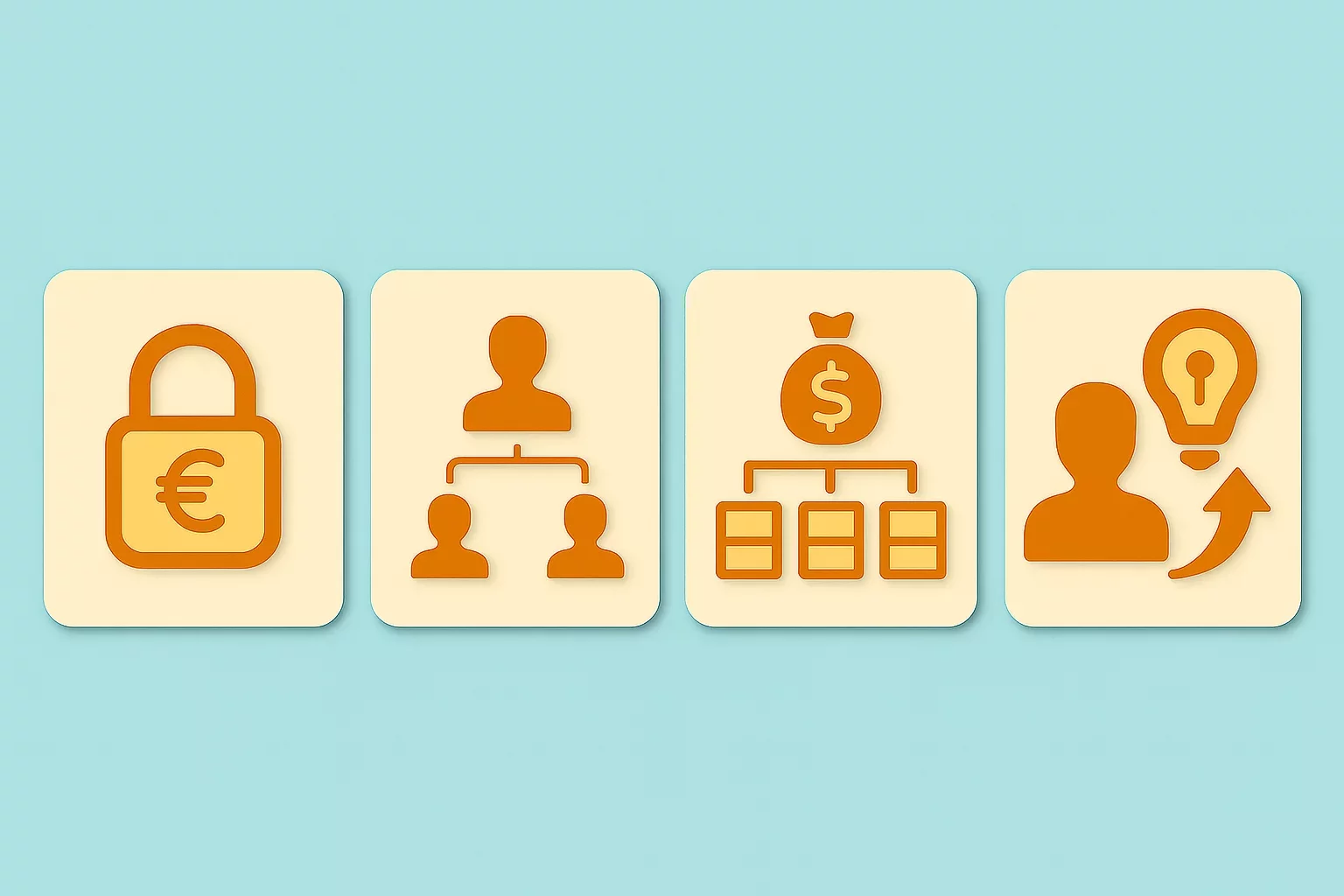
VAT Deduction and Business Succession: When Do Advisory Costs Serve the Company’s Interest?
🕝 December 8, 2025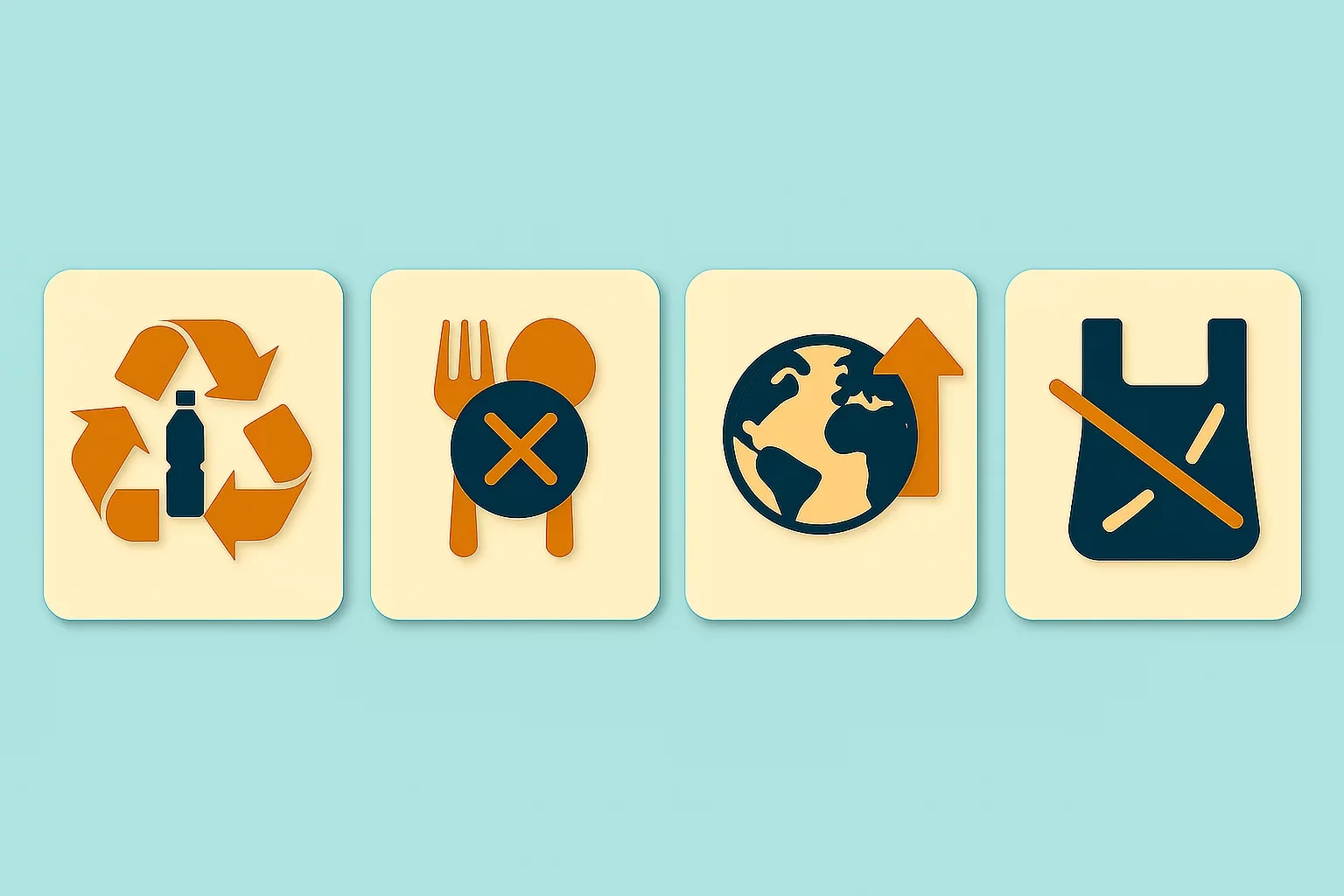
Europe’s Plastic Fiscal Shift: Why Italy’s Plastic Tax Now Starts in 2027
🕝 December 3, 2025
The Decline of Low-Value Import Exemptions: Closing Gaps in Cross-Border E-Commerce
🕝 November 20, 2025More News from World
Get real-time updates and developments from around the world, keeping you informed and prepared.
-e9lcpxl5nq.webp)

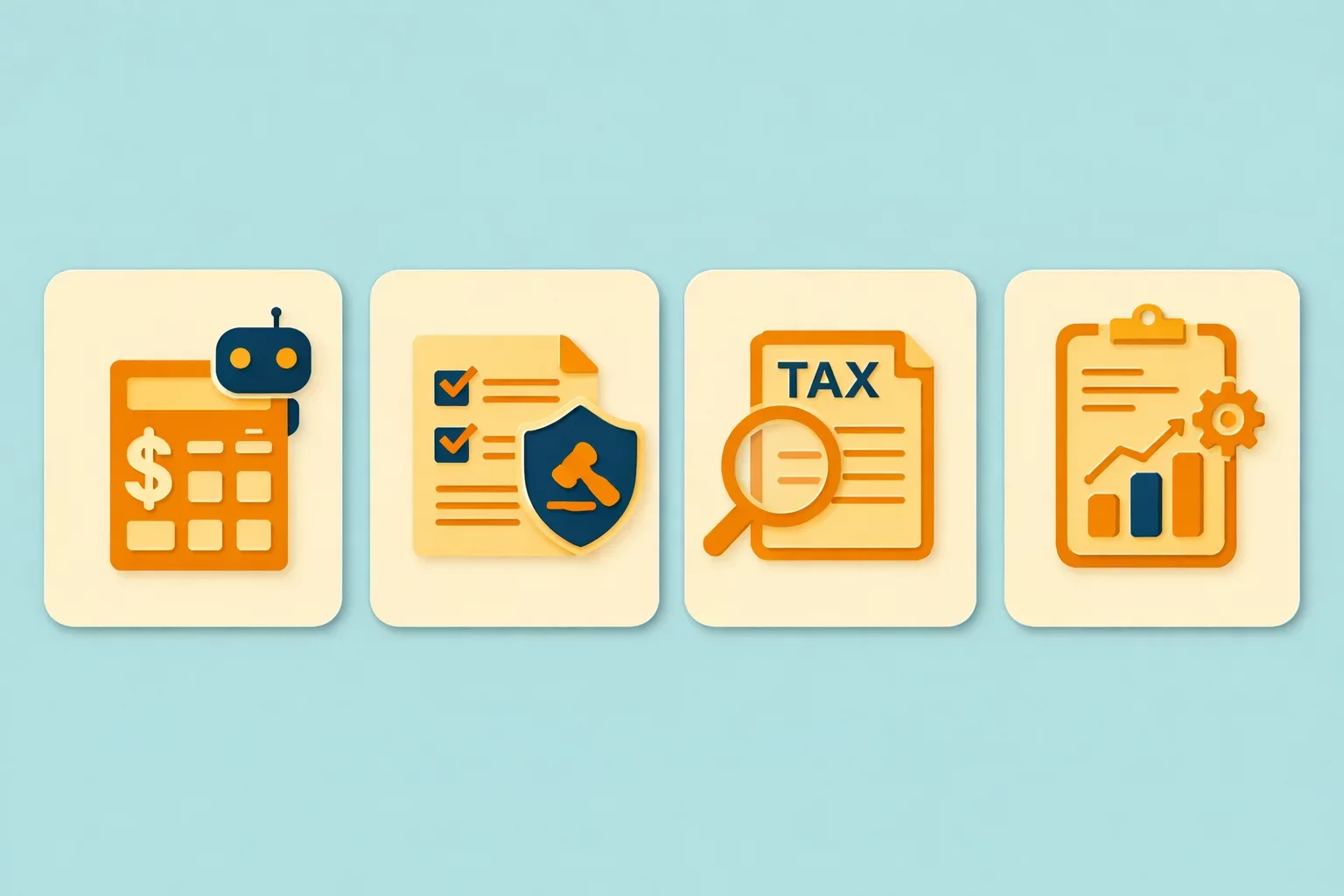


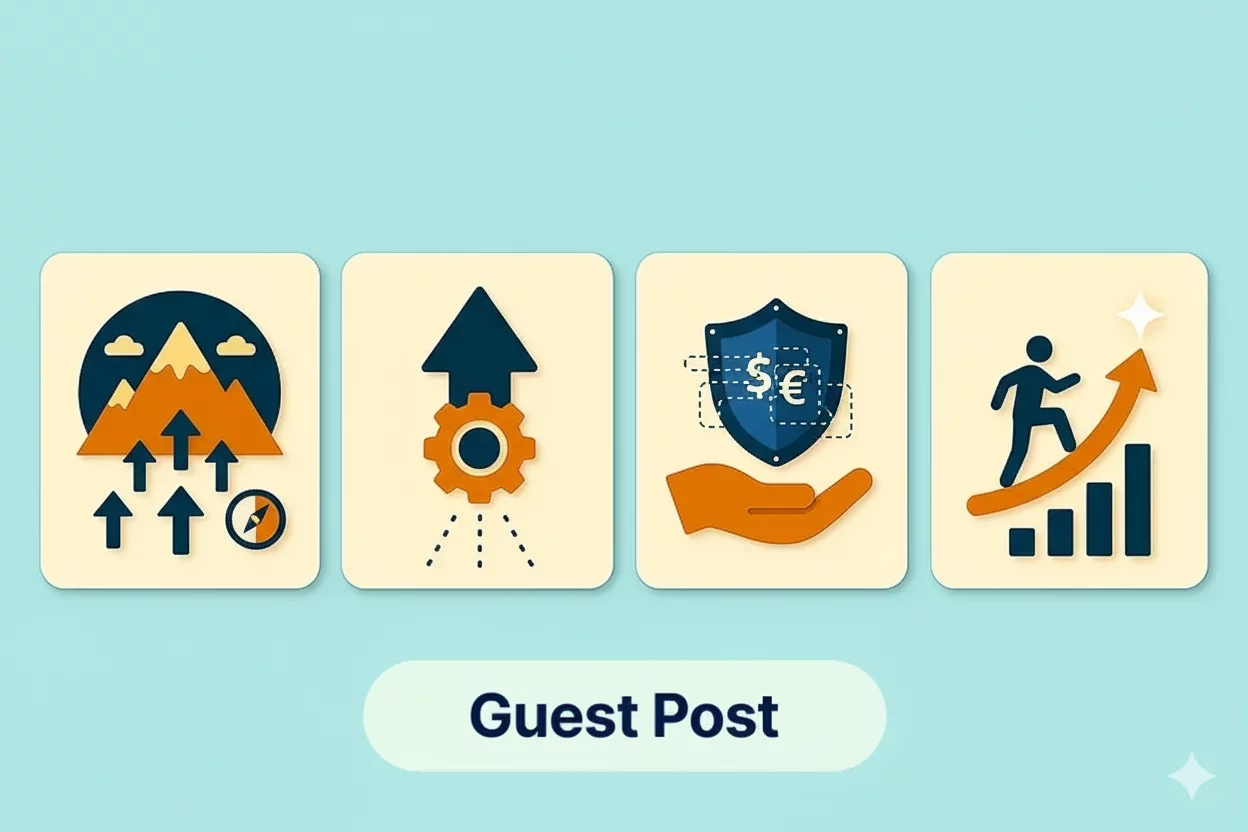
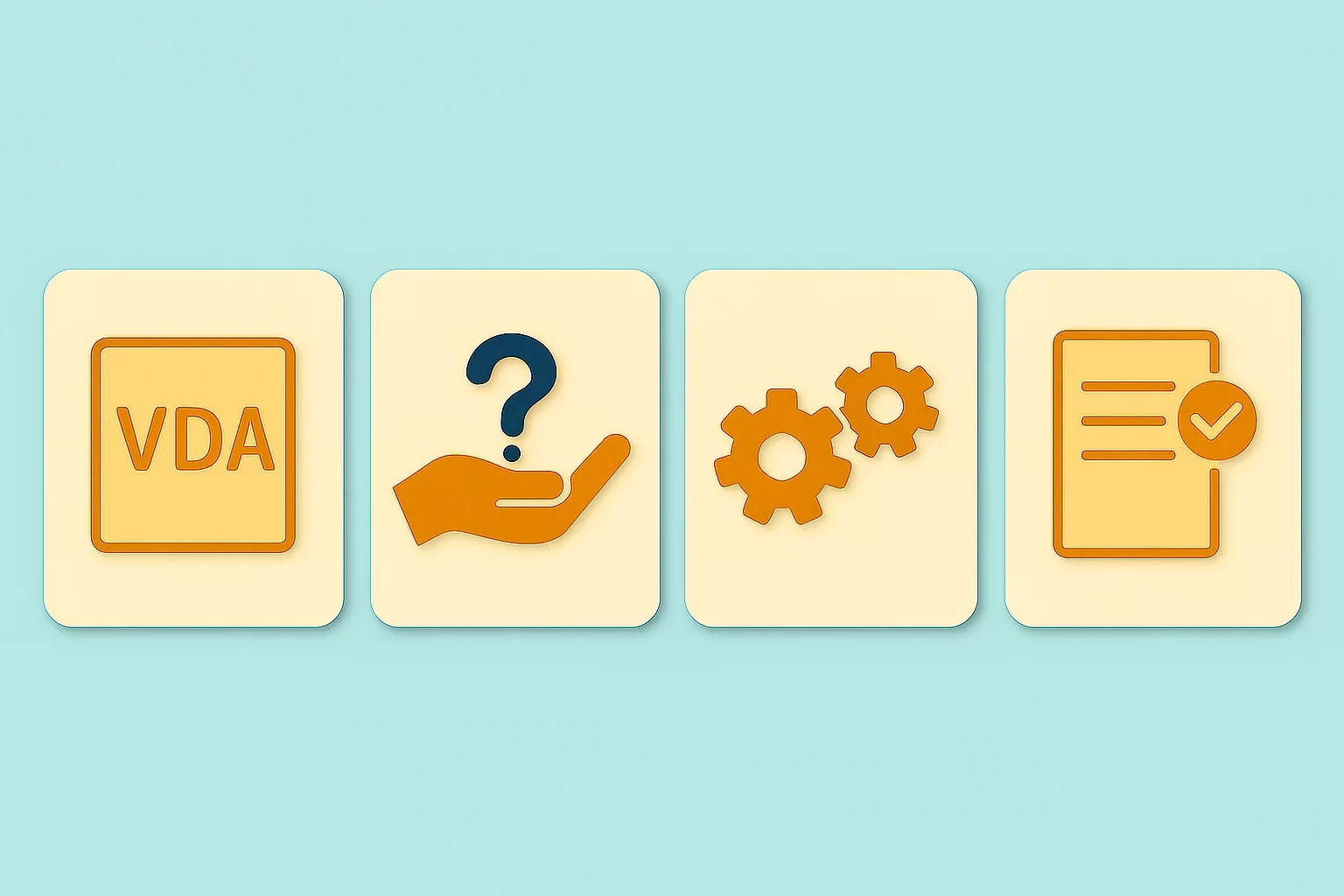
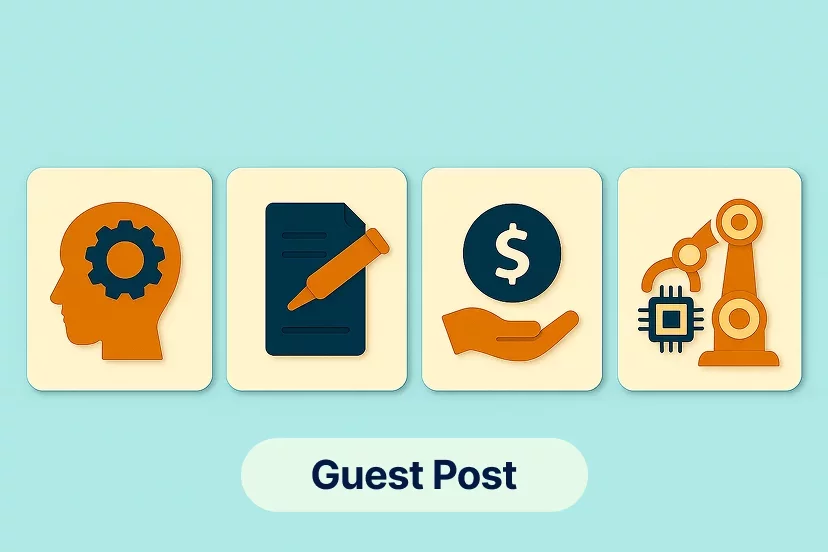

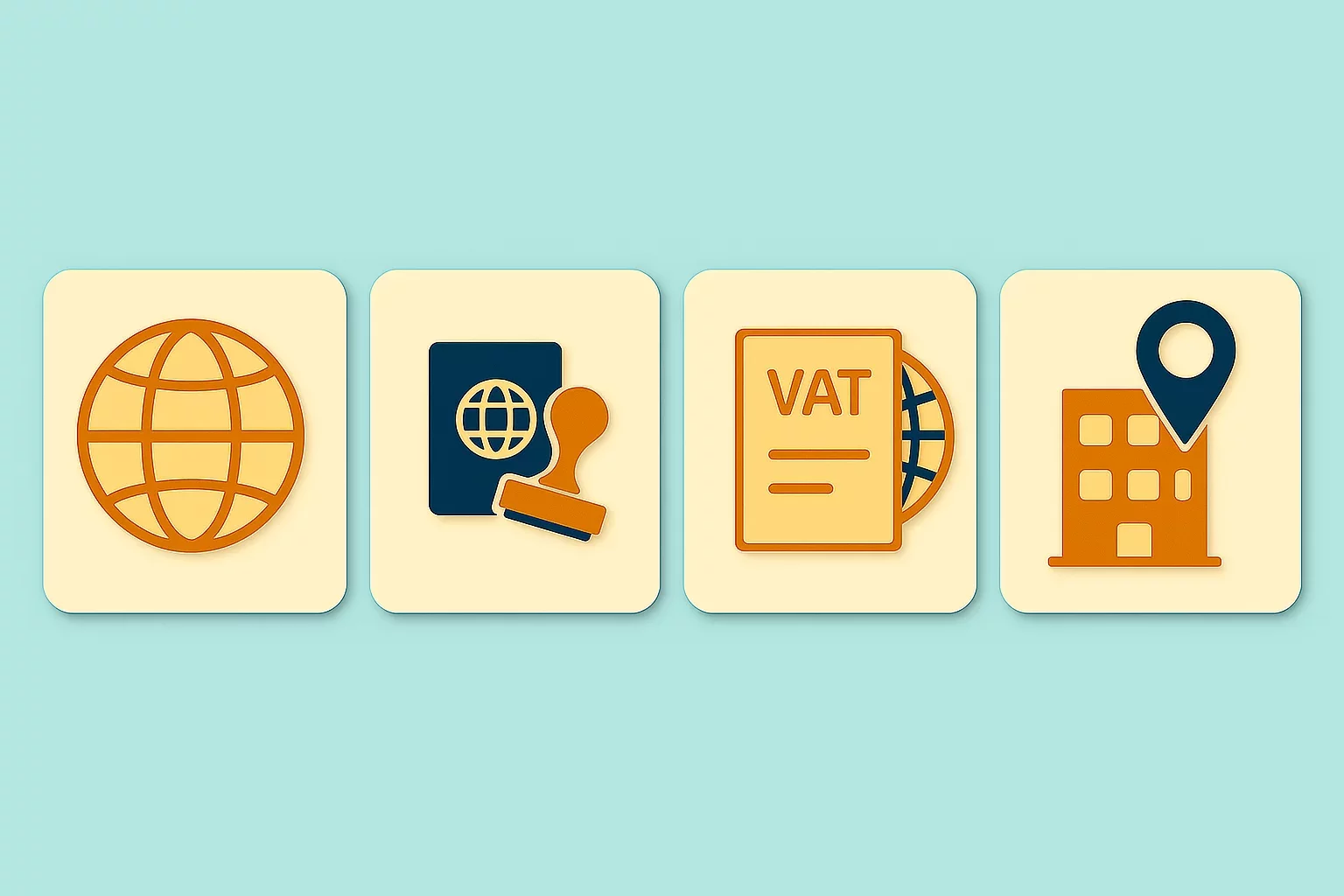

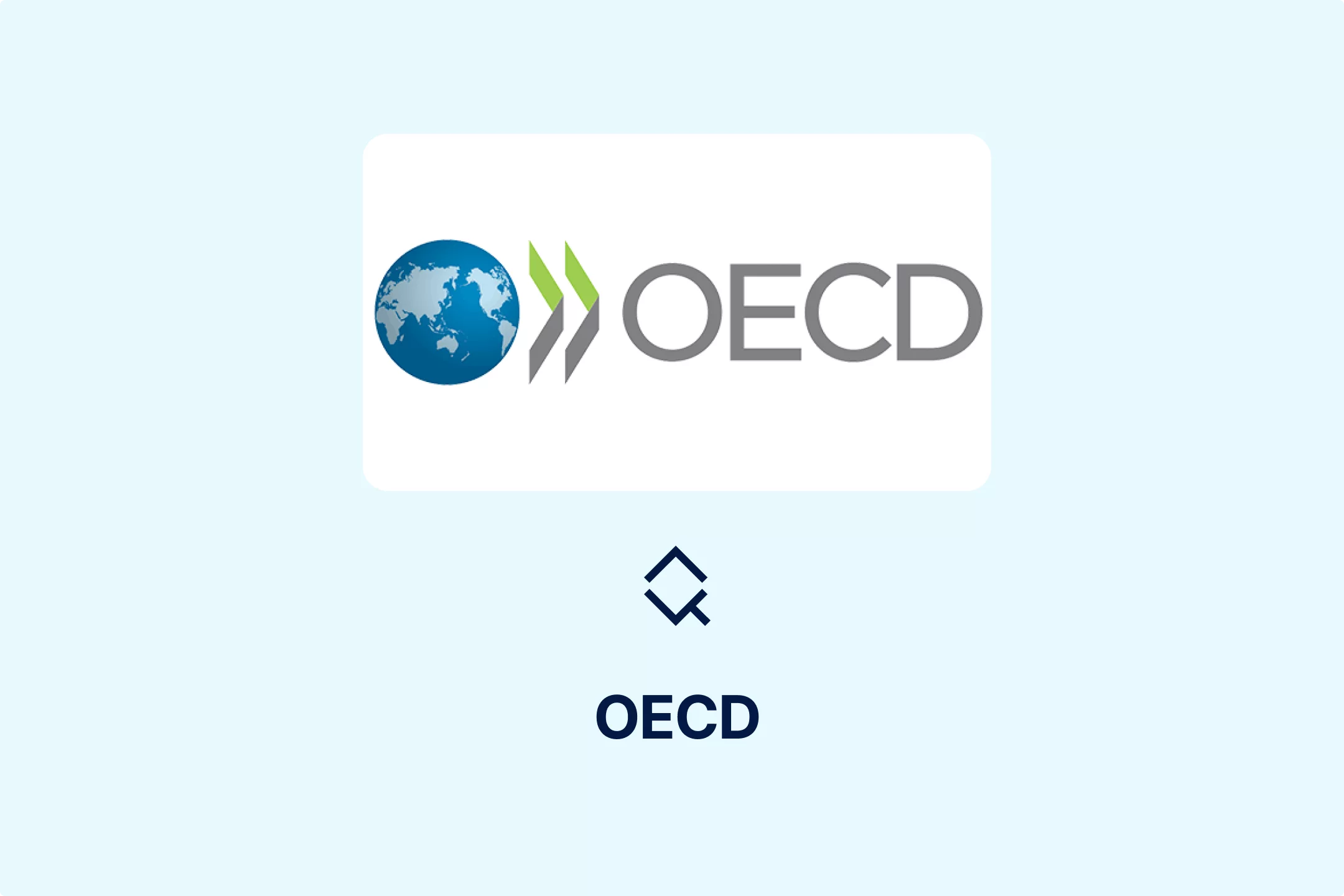











-7xdqdopxl6.webp)



-a9bz8kz2cs.webp)































